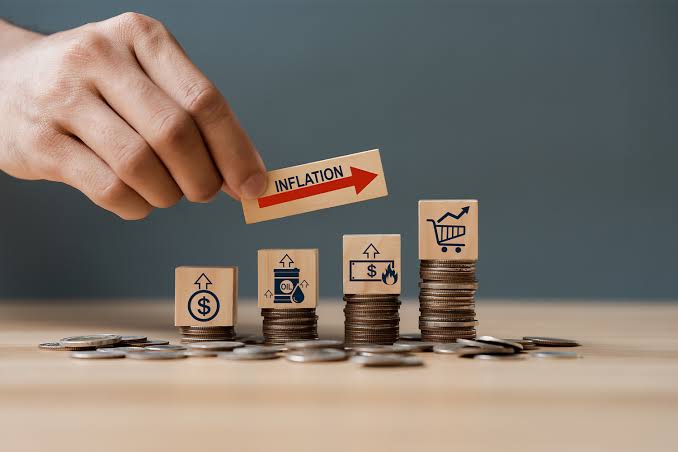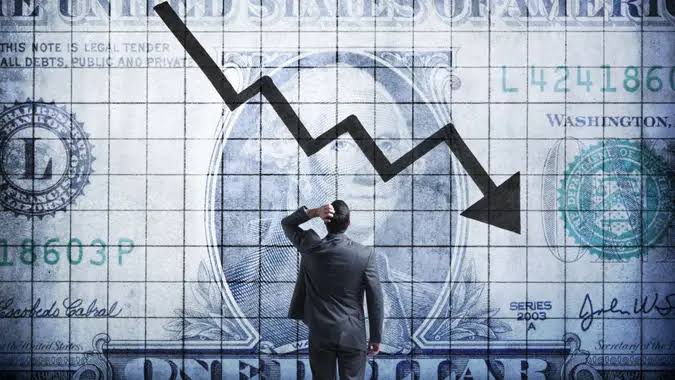Inflation – Meaning, Definition, Causes, Types, Controls and Solutions

Inflation – Meaning and Definition
Inflation is simply defined as the general increase in price and services over a given period of time. The effect of the general increase in price level affects the rate of exchange(currency) and results to decline in purchasing power.
Inflation, over time is directly proportional to decline in purchasing power of a currency, where the currency can be used to purchase and exchange few goods and services due to increase in price level across several Markets.
Thus, the Increase in General Price level directly results to decline in purchasing power which is termed “Inflation”, while Decrease in General Price Level is Increases the currency purchasing power termed “Deflation”.
Generally, price of goods and services increases over time, and thus results to high cost of living where the cost of goods. Consumers cost of living is measured by the government using Consumer Price Index (CPI) which is a measure of change in price of consumer goods and services overtime.

Inflation – Causes and Types
Inflation is generally affected by several factors which includes wages and cost of productions. However, various economists over time has listed some possible causes and types of inflation that affects the Consumer price index (CPI) and increase in general price levels, some of which includes;
1. Demand-pull inflation
Demand-pull inflation occurs when general demand and request for goods and services in a given economy exceeds the supply. In other words, the demand pull Inflation usually results when the demands of certain goods and services is unable to match the supply, thus resulting to increase in consumer price index, thereby causing to Inflation.
2. Too much money in circulation / Increased money supply
Too much money in circulation or Increased money supply, usually occurs when there is too much money in supply, thereby resulting to increase in price Level across the economy. Too much money in circulation affects the rate of production and also induces Demand-pull inflation.
3. Cost-push inflation
Cost-push inflation usually occurs when there is an increase in consumers wages and materials, thereby resulting to increase in general price level of goods and services. An example is flour, flour is used in the manufacturing of bread. If the cost of flour increases by 50%, then it will result to general increase in the price of Bread.

4. Devaluation of currency
Devaluation of currency is a governmental policy that occurs where there is an adjustment in the currency and the exchange rate of a country’s currency, thereby leading to a decline in the value of the country’s currency for the purchase of goods and services.
Devaluation policy affects the country’s international market, as the devalued currency results to cheaper exports and a more expensive import, thereby resulting to increase in the price of goods sold across the country and this induces inflation.
5. Governmental policies and regulations
Governmental policies and regulations have a direct relationship with the country’s economy. Governmental policies results to demand pull or cost push inflation.
Favorable policies helps to reform and review the consumer price index, to help prevent high cost of living.
Inflation – Controls and Solutions
Inflation can be monitored, controlled and reduced using various interventions such of which includes governmental policies, monetary policies, money supply management and several others.
Below are some of the ways to control Inflation;
1. Monetary Policy : Monetary Policy is one of the most important drive in the interventions of reduction in Inflation in an economy. It occurs when the central Bank increases the interest rates, which results to decrease the country’s economy demand, thereby lowering economic activities and reducing inflation.
2. Money supply management
Reduction in money supply in a strong measure used in regulating high consumer price. This involves the process where the central bank impose several monetary policies to help reduce too much money in circulation. Thus, resulting in decrease in economic activities and preventing inflation.
3. Supply-side policy
This policy involved the process where favorable production activities are encouraged, thereby increasing productivity and supply of goods and services and reducing high prices in consumer goods.
Leave a Comment